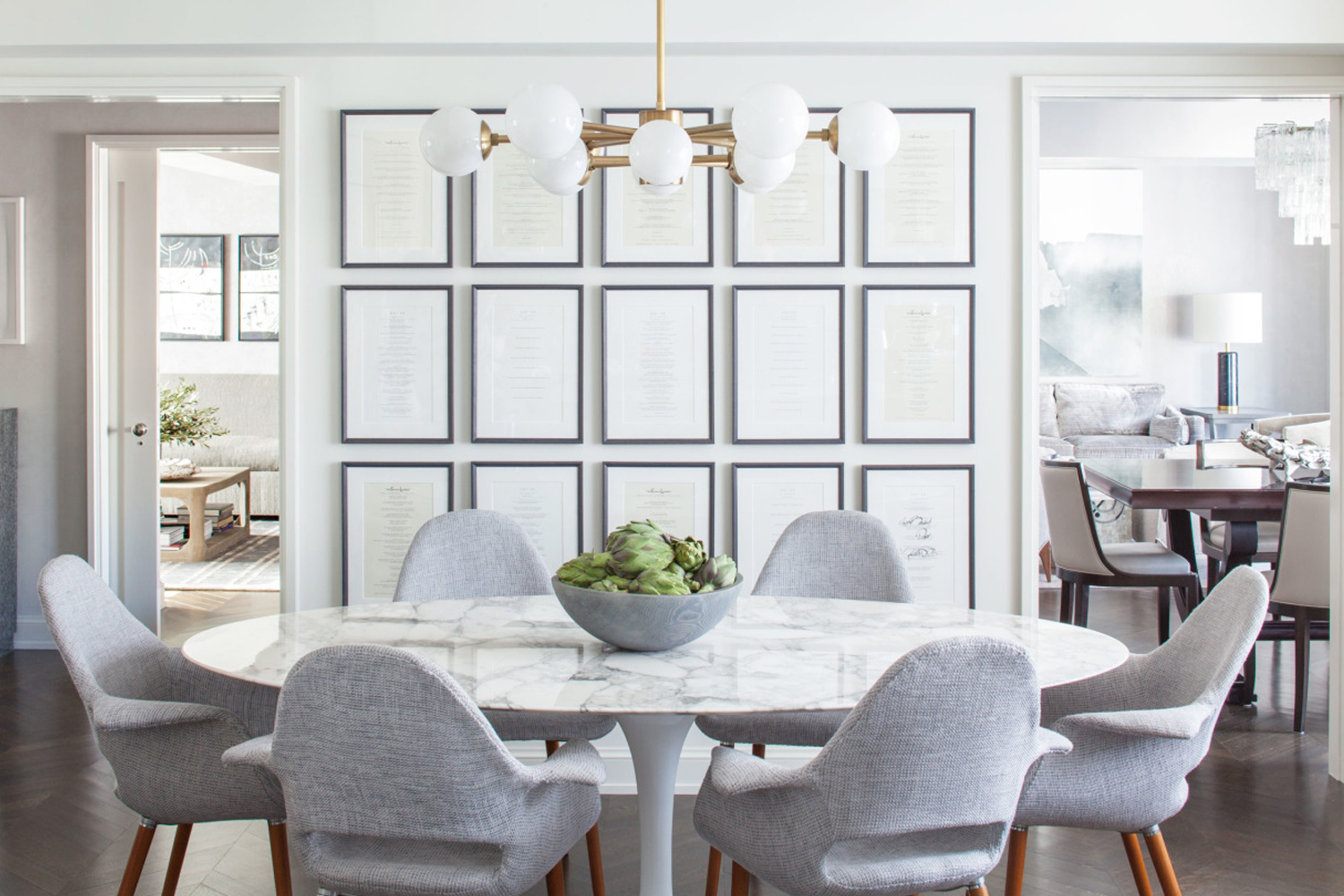Embrace Natural Light
/bedroom-173037125-5ace56363128340037dc480f.jpg)
Sunlight is a powerful force, influencing not just our physical environment but also our mood, sleep patterns, and overall well-being. In a dark bedroom, the absence of natural light can lead to feelings of lethargy, disrupt sleep cycles, and even contribute to seasonal affective disorder (SAD). Maximizing natural light in your bedroom can transform it into a more invigorating and healthy space.
Maximizing Natural Light
Harnessing the power of natural light requires strategic optimization. Removing any obstructions blocking sunlight from reaching your bedroom is a crucial first step. This could involve trimming overgrown trees, removing heavy drapes, or even rearranging furniture to create an unobstructed path for sunlight.
Light-colored curtains and blinds, especially those made of sheer or translucent materials, allow natural light to filter through while still offering privacy. These materials effectively diffuse the sunlight, creating a softer, more welcoming ambiance.
Incorporating reflective surfaces, such as mirrors or metallic accents, can amplify the amount of natural light in your bedroom. strategically placed mirrors can bounce sunlight around the room, creating a brighter and more spacious feel.
Strategic Lighting Design: How To Lighten Up A Dark Bedroom

While embracing natural light is a key step in brightening a dark bedroom, strategically designed artificial lighting plays an equally important role in creating a welcoming and functional space. This is where the concept of layered lighting comes into play. Layered lighting involves combining different types of light fixtures to create a balanced and multi-dimensional lighting scheme, enhancing the overall ambiance and functionality of the room.
Choosing the Right Light Fixtures
Selecting the right light fixtures for different areas of the bedroom is crucial for achieving a balanced and functional lighting scheme. There are three primary categories of lighting to consider: overhead lighting, task lighting, and accent lighting.
- Overhead lighting provides general illumination for the entire room, setting the overall mood and brightness. It is essential for creating a sense of spaciousness and visibility.
- Task lighting provides focused illumination for specific activities, such as reading, working, or applying makeup. It is crucial for enhancing visibility and reducing eye strain during these activities.
- Accent lighting, as the name suggests, is used to highlight specific features or objects in the room, adding visual interest and depth. It can be used to emphasize artwork, architectural details, or decorative elements.
Types of Light Fixtures, How to lighten up a dark bedroom
| Type of Lighting | Examples of Light Fixtures | Features | Benefits | Potential Uses in a Dark Bedroom |
|---|---|---|---|---|
| Overhead Lighting |
|
|
|
|
| Task Lighting |
|
|
|
|
| Accent Lighting |
|
|
|
|
